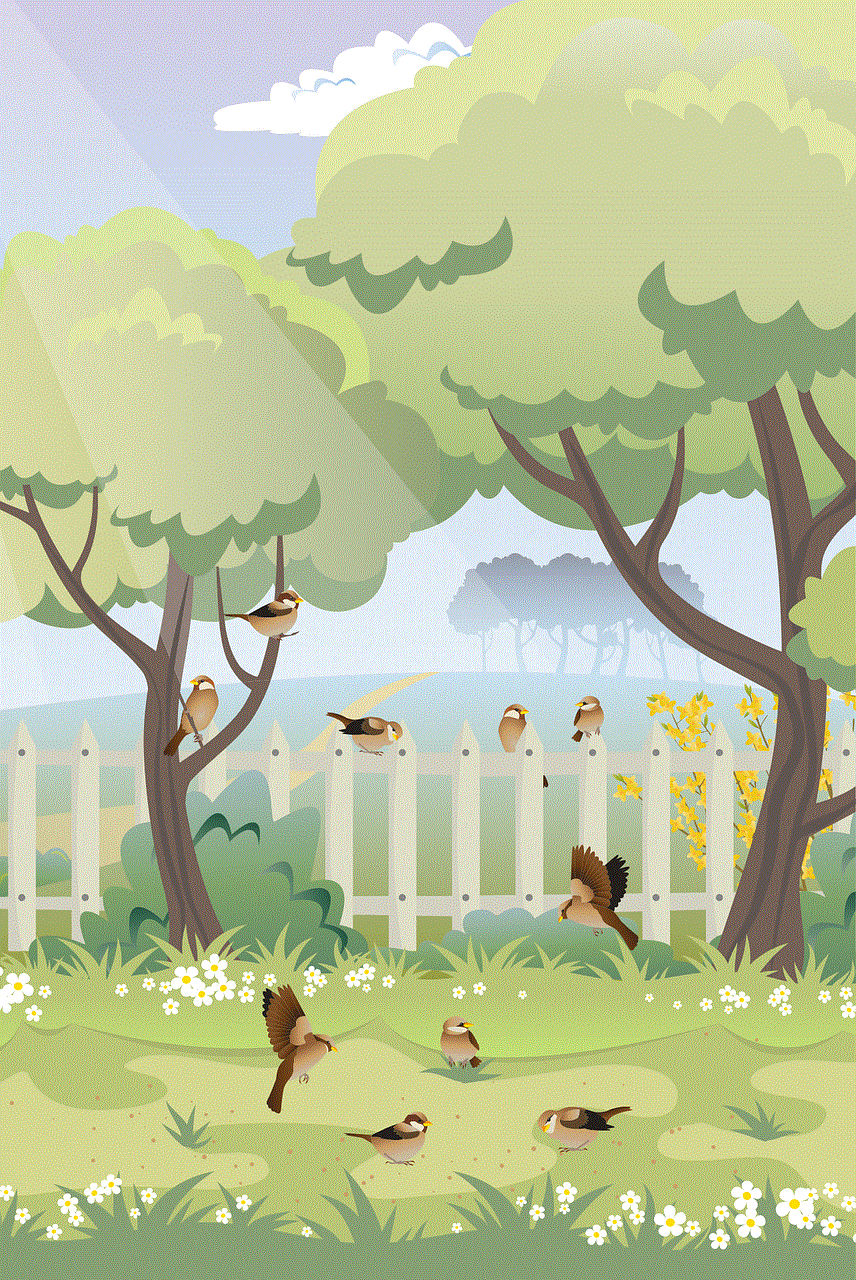post you liked on instagram
With over 1 billion active users, Instagram has become one of the most popular social media platforms in the world. It has revolutionized the way we share and consume content, making it easier than ever to connect with others and stay updated on the latest trends and happenings. One of the features that has contributed to Instagram’s success is the ability to “like” posts, showing appreciation and support for the content being shared. In this article, we will delve into the concept of “liking” posts on Instagram and explore the reasons behind why we choose to engage with certain content.
To start off, let’s define what it means to “like” a post on Instagram. When scrolling through our feed, we come across numerous photos and videos shared by our friends, family, and accounts we follow. When we double-tap on a post, a red heart appears, signifying that we have “liked” that particular piece of content. This action not only shows our support for the post, but it also boosts its visibility, as posts with more likes tend to appear higher on our feed and reach a wider audience.
So why do we choose to like certain posts on Instagram? There are a few reasons behind this behavior. Firstly, we may like a post because we genuinely enjoy the content being shared. It could be a beautiful photograph, a funny meme, or an informative video that captures our attention and resonates with us. In these cases, liking a post is a way for us to express our appreciation and engage with the content creator.
Secondly, we may like a post as a form of social validation. In today’s digital era, we are constantly seeking validation and approval from our peers, and social media has made it easier than ever to receive it. By liking someone’s post, we are not only showing our support for their content, but we are also indirectly showing that we are connected to that person and their social circle. This can boost our own social status and make us feel more accepted within our community.
Another reason for liking a post on Instagram could be to maintain relationships. We all have those friends or family members who constantly share updates and photos of their lives on Instagram. While we may not have the time or energy to comment on every post, liking their content is a way for us to stay connected and show that we are still interested in their lives. It’s a simple gesture that can go a long way in maintaining relationships and keeping in touch with loved ones.
Furthermore, liking a post can also be a way for us to discover new content and accounts. Instagram’s algorithm takes into account the posts we interact with and shows us similar content on our feed. So by liking a post, we are not only showing our support, but we are also signaling to the algorithm that we are interested in that type of content. This can lead us to discover new accounts and expand our horizons, making our Instagram experience more diverse and engaging.
On the flip side, there are also instances where we may choose not to like a post on Instagram. One of the main reasons for this could be that the content goes against our personal beliefs or values. In today’s polarized world, it’s not uncommon to come across posts that may offend or upset us. In these cases, we may choose to refrain from liking the post, as it goes against our principles and may cause us to be associated with the content.
Another reason for not liking a post could be that we simply don’t find it interesting or engaging. With such a vast amount of content being shared on Instagram, it’s impossible for us to like every post that comes our way. Sometimes, we may scroll past a post without giving it a second thought, and that’s perfectly okay. Our likes are a reflection of our personal interests and preferences, and we are not obligated to like everything that appears on our feed.
Moreover, there are also instances where we may not like a post out of fear of judgment. With social media being a highly curated platform, there is a constant pressure to present ourselves in a certain way and maintain a certain image. This can sometimes lead us to avoid liking posts that may not align with this image, for fear of being judged by our followers or the content creator.
In addition to individual behavior, there are also certain trends and patterns when it comes to liking posts on Instagram. For instance, we tend to like posts from accounts that we have interacted with in the past or accounts that are similar to the ones we already follow. This creates a sort of “echo chamber” effect, where our feed is filled with content that caters to our interests and beliefs. This can be both positive and negative, as it can lead to a more personalized experience, but it can also limit our exposure to diverse perspectives and ideas.
Another trend that has emerged on Instagram is the concept of “like for like” or “like back”. This refers to the practice of liking a post in exchange for the content creator liking one of our posts in return. While this may seem like a harmless way to boost engagement, it can also create a culture of inauthenticity and insincerity. When we like a post solely for the purpose of receiving a like in return, it takes away from the genuine intention behind the action and can even devalue the meaning of a like.
In conclusion, the act of liking a post on Instagram may seem like a simple and insignificant action, but it holds a lot of significance in the world of social media. It not only shows our appreciation for the content being shared and the content creator, but it also plays a role in shaping our online experience and relationships. So the next time you come across a post that you genuinely enjoy, go ahead and double-tap that heart button – it may seem like a small gesture, but it can have a big impact.
how do you know if someone blocked you on an iphone
Being blocked by someone on your iPhone can be a frustrating experience, especially if it’s someone you know. It can leave you feeling confused, hurt, and wondering why they chose to block you. But the truth is, there are many reasons why someone might choose to block you on their iPhone, and it’s important to understand them before jumping to conclusions.
In this article, we’ll explore the various ways to tell if someone has blocked you on an iPhone, the potential reasons why they might have done so, and how to handle the situation in a mature and respectful manner.
But first, let’s understand what blocking means on an iPhone.
What does it mean to be blocked on an iPhone?
Blocking someone on an iPhone means that the person has restricted all communication with you. This includes calls, texts, and FaceTime. When someone blocks you on their iPhone, it’s as if you no longer exist to them in the digital world.
You won’t receive any notifications from them, and they won’t receive any from you. Your messages won’t be delivered to them, and their messages won’t be delivered to you. Essentially, you are both invisible to each other on your iPhones.
How to tell if someone blocked you on an iPhone?
There are a few telltale signs that someone has blocked you on their iPhone. These include:
1. Calls go straight to voicemail: If you try to call someone and it goes straight to voicemail every time, it’s possible that they have blocked you. However, this could also mean that they have their phone on Do Not Disturb mode, so it’s not a guarantee.
2. Text messages are not delivered: If your text messages are not being delivered to the person, it could be a sign that you have been blocked. However, it’s also possible that they have turned off their iMessage or have a poor network connection.
3. The “Delivered” message disappears: If you’re an iPhone user, you know that when you send a text message, a “Delivered” notification appears under it once it has been delivered to the recipient’s phone. If this message disappears, it could mean that you have been blocked.
4. No profile picture or status updates: If you used to be able to see someone’s profile picture and status updates on iMessage, but now you can’t, it could be a sign that you have been blocked.
5. Unable to add them on group chats: If you try to add the person to a group chat and you get an error message saying, “Couldn’t add [person’s name],” it’s likely that you have been blocked.



6. FaceTime calls are not going through: If you try to FaceTime someone and it doesn’t go through, it could be because you have been blocked. However, it could also be due to a poor network connection.
7. They have disappeared from your contact list: If the person’s name and number have disappeared from your contact list, it’s a clear sign that they have blocked you.
8. No updates on Find My Friends: If you used to be able to see the person’s location on Find My Friends, but now you can’t, it could be because you have been blocked.
9. Social media interactions have stopped: If you used to interact with the person on social media, but now they have stopped liking or commenting on your posts, it could be a sign that they have blocked you.
10. Mutual friends confirm that they have been blocked: If you have mutual friends with the person, you can ask them if they can still see the person’s profile and if they have been blocked as well. If they can still see the person’s profile, it’s a clear sign that you have been blocked.
Why would someone block you on their iPhone?
Now that we know how to tell if someone has blocked you on their iPhone, let’s explore the reasons why they might have done so. These could include:
1. Personal conflicts: The most common reason for someone to block you on their iPhone is because of a personal conflict. It could be a disagreement, an argument, or a misunderstanding that has caused them to block you.
2. Harassment: If you have been harassing the person through calls, texts, or social media, they might have chosen to block you to put an end to it.
3. Moving on: If the person is trying to move on from a past relationship or friendship with you, they might choose to block you to avoid any further communication.
4. Privacy concerns: Some people value their privacy and don’t want to be constantly bombarded with calls and messages. In this case, they might choose to block you to maintain their privacy.
5. Family issues: If the person is a family member, they might have blocked you due to family conflicts or to avoid getting involved in any drama.
6. Professional reasons: If you have a professional relationship with the person, they might have blocked you to separate their personal and professional lives.



7. Feeling overwhelmed: Sometimes, people can feel overwhelmed with constant communication from someone, and they might choose to block them to take a break and clear their mind.
8. Protecting themselves: In some cases, people might block you on their iPhone to protect themselves from any potential harm, whether physical or emotional.
9. Technical issues: It’s also possible that the person has not intentionally blocked you, but there could be technical issues with their phone or network that are causing the communication problems.
How to handle being blocked on an iPhone?
Being blocked by someone on your iPhone can be hurtful, but it’s important to handle the situation in a mature and respectful manner. Here are some tips on how to do so:
1. Don’t jump to conclusions: It’s natural to feel hurt and confused when you realize that someone has blocked you, but try not to jump to conclusions and assume the worst. There could be many reasons why they have chosen to block you, and it’s important to understand them before reacting.
2. Respect their decision: If someone has blocked you on their iPhone, it’s their way of saying that they don’t want to communicate with you. It’s important to respect their decision and give them the space they need.
3. Don’t try to contact them through other means: It can be tempting to try and reach out to the person through other means, such as social media or a different phone number, but this will only make matters worse. Respect their decision to block you and refrain from trying to contact them.
4. Reflect on the situation: Take some time to reflect on the situation that led to being blocked. Was there something you did or said that might have caused the person to block you? Reflecting on your actions can help you understand why they might have made this decision.
5. Reach out to mutual friends: If you have mutual friends with the person, you can reach out to them and ask if they know why the person has blocked you. However, don’t pressure them into giving you an answer if they don’t feel comfortable doing so.
6. Don’t hold grudges: It’s easy to feel angry and resentful towards someone who has blocked you, but holding grudges will only harm you in the long run. It’s important to let go of any negative feelings and move on.
7. Avoid confrontation: Confronting someone about why they have blocked you will only create more tension and potentially make the situation worse. It’s best to respect their decision and move on.
8. Learn from the experience: Being blocked on an iPhone can be a learning experience. Use this opportunity to reflect on your actions and learn how to communicate better in the future.
9. Seek support: If being blocked has left you feeling upset and confused, don’t hesitate to seek support from friends or family. Talking to someone about your feelings can help you process them and move on.



10. Move on: In the end, the best thing you can do is accept the situation and move on. Holding on to negative feelings and trying to force someone to unblock you will only cause more harm than good.
In conclusion, being blocked on an iPhone can be difficult to deal with, but it’s important to handle the situation with maturity and respect. It’s also important to remember that being blocked doesn’t define your worth as a person. Sometimes, it’s best to accept the situation and move on for your own well-being.
